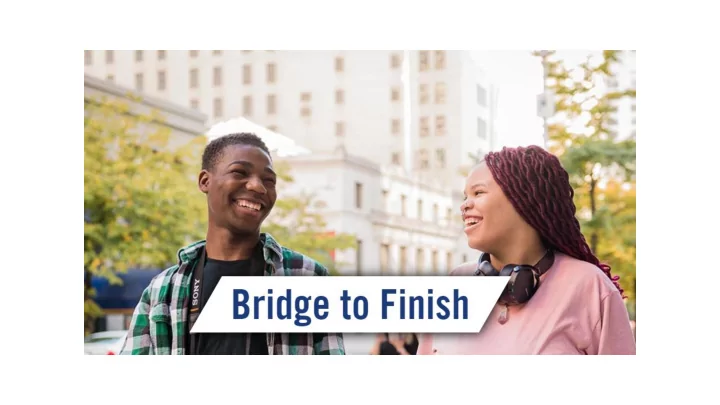

Poverty in King County WA Poverty Rate King County: 9.3% Seattle: 11.1%
Poverty & Food Insecurity Data • Nationally 12.3 percent of people live below the poverty level • 9.3% of King County families live below the poverty level – earning less than $24,858 for a family of four • King County median household income rose from $75,416 in 2013 to $89,675 in 2017 • People of color are disproportionately impacted by poverty in King County – more than 18.2 % American Indians and Alaska Natives, 23.4% of Black people, and more than 17.4% of Hispanic people live below the poverty line
King County Poverty Rates 25.00% 20.00% 15.00% 10.00% 5.00% 0.00% White alone Black or African American Indian Asian alone Native Hawaiian Some other race Two or more races Hispanic or Latino White alone, not American alone and Alaska Native and Other Pacific alone origin (of any race) Hispanic or Latino alone Islander alone
Poverty In King County By Educational Attainment 0.00% 5.00% 10.00% 15.00% 20.00% 25.00% 30.00% Bachelor's degree or higher Some college, associate's degree High school graduate (includes equivalency) Less than high school graduate Population 25 years and over
Employment Status & Poverty In King County 50.00% 45.00% 43.60% 40.00% 35.00% 30.00% 28.00% 25.00% 20.00% 15.00% 10.00% 5.00% 1.20% 0.00% Worked full-time, year-round in the past 12 months Worked less than full-time, year-round in the past 12 months Did not work
Poverty Reduction Strategies
Foundations of Bridge to Finish Community & technical colleges are a pathway out of poverty
\
Poverty Gets in the Way • 89% percent of students in South King County aspire to earn at least a two-year degree • 29% percent of students have earned a degree by their mid-twenties • 18% for black and African-American students • High-income students 6x more likely to complete by 25 • Homelessness and hunger are leading issues
Foundations of Bridge to Finish Hunger & homelessness are Community & technical increasing on campuses and colleges are a pathway out disproportionately impact of poverty POC
Foundations of Bridge to Finish Hunger & homelessness are Community & technical increasing on campuses and colleges are a pathway out disproportionately impact of poverty POC Campuses are doing good work, but they are: -Spread out -Confusing -Not coordinated for access
Challenges and Barriers
How does it all work?
Bridge to Finish provides one-stop coordinated access to financial resources Emergency Food Financial Access Assistance Paying for School & Homelessness Income Prevention Supports
Bridge to Finish provides one-stop coordinated access to financial resources Emergency Financial Emergency Assistance Financial Grants Paying for Homelessness School Prevention
Bridge to Finish provides one-stop coordinated access to financial resources • SNAP • Food Pantries • Emergency Food Food • Policy Change Access
Bridge to Finish provides one-stop coordinated access to financial resources • Help w/ rent • Help w/ move in costs • Diversion • Navigation • CEA Referrals/Connections • Eviction prevention Homelessness Prevention
Bridge to Finish provides one-stop coordinated access to financial resources • Financial Coaching • Public Benefits Access • Utility assistance • SNAP • WIC • ORCA LIFT • Medicaid • Financial Aid Paying for • FAFSA School & • WASFA Income • Scholarships Supports • Free tax prep • Pilot: Matched Savings
How do we get things done?
How do we get things done? Grants AmeriCorps Public Policy CBO Partners
Benefits Hub Planning
What’s happening now? Evaluating impact of interventions on persistence and completion Increasing completion rates Reducing racial disparities Scaling across campuses in King County
2018-2019 Results 9 partner campuses 4,222+ students served 15,000+ interventions $284,915 in direct awards
United Way Bold Goals By 2020 United Way will help In 2019-20 United Way Benefits Hub will connect 7,500 Students to everyday financial tools 10% 20,000 Increased Financial persistence interventions
Where can students connect? • Schedule an appointment at: • www.uwkc.org/BenefitsHub
Recommend
More recommend